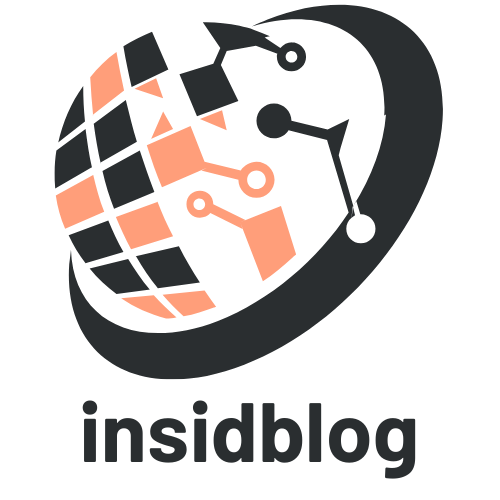In a world where technology seems to be evolving faster than a cat meme goes viral, GovTech is the superhero we didn’t know we needed. It’s the intersection of government and technology, where innovative solutions tackle some of society’s biggest challenges. Imagine a realm where bureaucratic red tape meets cutting-edge apps—now that’s a match made in digital heaven.
GovTech isn’t just about shiny gadgets or fancy software; it’s about making government services more efficient and accessible for everyone. From streamlining public services to enhancing citizen engagement, this tech-savvy movement is transforming how governments operate. So buckle up, because understanding GovTech could be your ticket to navigating the future of public service like a pro.
Table of Contents
ToggleUnderstanding GovTech
GovTech represents a transformative development that merges government functionality with technology, aiming to enhance public service delivery and citizen interaction.
Definition of GovTech
GovTech encompasses a range of technologies utilized by governments to improve service efficiency and accessibility. This includes software applications, data analytics, and digital platforms specifically designed for public sector operations. Various organizations and startups actively contribute to GovTech, creating innovative solutions that address issues such as service delivery, policy implementation, and citizen engagement. Solutions like e-government platforms enhance transparency and streamline processes, promoting better communication between the government and citizens.
Importance of GovTech in Modern Governance
Importance of GovTech in governance cannot be overstated. Effective deployment of tech solutions increases transparency, making governmental processes more understandable to citizens. Decision-making benefits from data analytics, leading to improved policy outcomes. Furthermore, GovTech fosters more engaging interactions, allowing governments to address citizen needs more directly. Enhanced efficiency results from the automation of repetitive tasks, freeing public servants to focus on complex issues. With the rise of digital-first expectations, embracing GovTech ensures that governments remain responsive and accountable to the populace.
Key Components of GovTech

GovTech relies on several key components that drive innovation in public services. These components shape the landscape of government operations and citizen engagement.
Technology Innovations in Government
Notable advancements transform public service delivery and interaction. Cloud computing streams data management, facilitating quick access to information. Mobile applications provide services directly to citizens, simplifying processes like permit applications. Artificial intelligence improves decision-making by analyzing large datasets. Blockchain enhances transparency by recording transactions securely. Various startups create tailor-made solutions that tackle specific government challenges. Organizations that focus on these innovations contribute significantly to more responsive governance.
Data Security and Privacy Concerns
Data protection remains a critical issue in GovTech. Sensitive information must remain secure to prevent unauthorized access. Strong encryption techniques and regular software updates safeguard data against breaches. Governments must also comply with regulations like the General Data Protection Regulation (GDPR). Citizens should feel confident that their personal data is protected. Regular audits and vulnerability assessments identify potential risks in systems. Collaboration with cybersecurity firms enhances the overall security posture of government services. Prioritizing data security fosters trust between governments and citizens, leading to more effective engagement.
Benefits of GovTech Implementation
GovTech implementation presents significant advantages for governments and citizens. Enhancements in efficiency, accessibility, and engagement characterize its impact on public services.
Improved Public Services
Improved public services stand at the forefront of GovTech benefits. Streamlined processes provide quicker access to essential resources. Mobile applications make services available at citizens’ fingertips. Moreover, data analytics guides informed decision-making that aligns with community needs. Administrators can prioritize initiatives based on real-time feedback, ensuring relevant solutions. By adopting these technologies, government entities deliver services that cater to diverse populations more effectively. Increased satisfaction among citizens often results from these advancements.
Increased Transparency and Accountability
Increased transparency and accountability emerge as key benefits of GovTech. Digital platforms foster open communication between citizens and their governments. Citizens can track service requests and understand governmental decisions more clearly. Enhanced visibility into operations builds trust and reduces the perceptions of corruption. By leveraging technologies like blockchain, governments can provide immutable records for public access. Regular audits and compliance with data regulations ensure that accountability remains a priority. Overall, embracing GovTech helps create a more transparent society where citizens feel engaged and empowered.
Challenges Facing GovTech
Various obstacles impact the growth and integration of GovTech solutions. These challenges can hinder the overall effectiveness and adoption of innovative technologies in public service.
Resistance to Change in Government Systems
Many government entities show a strong inclination to maintain established practices rather than embrace new technologies. Bureaucratic structures often lead to a reluctance to adjust operations and policies. Employees may fear job loss or skills obsolescence with technology adoption. Initiatives that require training can also face pushback due to comfort with existing workflows. Additionally, leaders may hesitate to invest in GovTech if return on investment remains unclear, further stymying progress. Cultivating a culture that encourages experimentation and adaptability remains essential for overcoming this resistance.
Funding and Resource Allocation Issues
Funding challenges present another significant hurdle in GovTech implementation. Limited budgets often restrict government agencies from adopting advanced technologies. Many projects require substantial initial investment, which can raise concerns about long-term resource allocation. Agencies often prioritize essential services over innovative initiatives, stalling improvements in efficiency. Moreover, competition for funds among different departments complicates decision-making, delaying vital technology investments. Addressing these financial constraints demands strong advocacy for the benefits of GovTech alongside clear budgetary frameworks that outline potential savings and efficiencies.
GovTech is revolutionizing the way governments operate and interact with citizens. By integrating advanced technologies into public service delivery, it enhances efficiency and accessibility while fostering transparency and engagement. The shift towards digital solutions empowers citizens and enables governments to respond more effectively to their needs.
Despite the challenges of resistance to change and funding limitations, the potential benefits of GovTech are undeniable. As governments embrace this movement, they pave the way for a more responsive and accountable public sector. The future of governance lies in the successful adoption of these innovative technologies, ensuring that public services meet the demands of an increasingly digital society.



